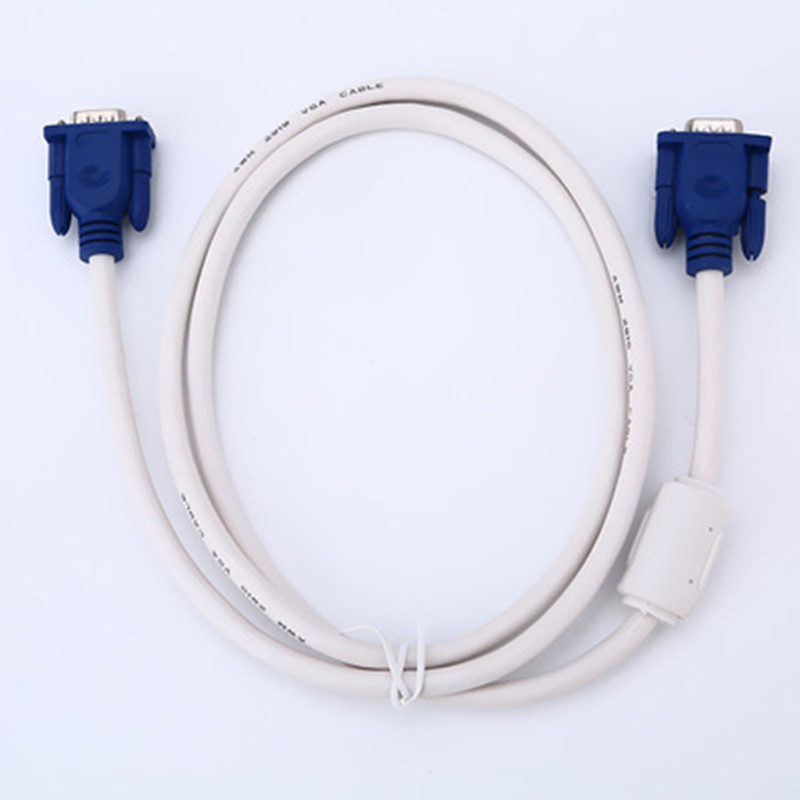 English
English-
 Español
Español
-
 Português
Português
-
 Portugiesisch
Portugiesisch
-
 Français
Français
-
 日本語
日本語
-
 Български
Български
-
 한국어
한국어
-
 Türkçe
Türkçe
-
 Nederlands
Nederlands
-
 English
English
-
 Eesti
Eesti
-
 Suomi
Suomi
-
 বাঙ্গালি
বাঙ্গালি
-
 беларуская
беларуская
-
 Ελληνικά
Ελληνικά
-
 Kreyòl ayisyen
Kreyòl ayisyen
-
 עִברִית
עִברִית
-
 हिन्दी
हिन्दी
-
 Magyar
Magyar
-
 íslenskur
íslenskur
-
 Gaeilge
Gaeilge
-
 italiano
italiano
-
 Hrvatski
Hrvatski
-
 Latinus
Latinus
-
 latviski
latviski
-
 Melayu
Melayu
-
 Malti
Malti
-
 Монгол
Монгол
-
 မြန်မာ
မြန်မာ
-
 فارسی
فارسی
-
 Polski
Polski
-
 عربي
عربي
-
 Română
Română
-
 русский
русский
-
 slovenský
slovenský
-
 Slovenščina
Slovenščina
-
 Afrikaans
Afrikaans
-
 svenska
svenska
-
 dansk
dansk
-
 український
український
-
 o'zbek
o'zbek
-
 Cymraeg
Cymraeg
-
Zulu
-
 Tiếng Việt
Tiếng Việt
-
 bosanski
bosanski
-
 Deutsch
Deutsch
-
 eesti keel
eesti keel
-
 ไทย
ไทย
What is a VGA cable?
Wed Jan 05 14:41:28 CST 2022
VGA (Video Graphics Array) cable, including VGA interface and connecting cable, but usually refers to VGA interface, also called D-Sub interface. The VGA interface is the interface for outputting analog signals on the graphics card. Although the LCD monitor can directly receive digital signals, many low-end products use the VGA interface in order to match the VGA interface graphics card. The VGA interface is a D-type interface with a total of 15 pins on it, divided into three rows, five in each row.
Various VGA cables can support multiple resolutions, ranging from 320×400px @ 70 Hz / 320x480px @ 60 Hz (12.6 MHz signal bandwidth ) to 1280×1024px ( SXGA ) @ 85 Hz (160 MHz) and up to 2048×1536px ( QXGA ) @ 85 Hz (388 MHz). Shorter VGA cables are unlikely to introduce significant signal degradation. High-quality cables should not be affected by signal crosstalk, so the signal in one wire will cause unwanted current or ghosting in adjacent wires . When the impedance does not match (the specification is 75 ohms (Ω)) causing the signal to be reflected, ghosting occurs.



